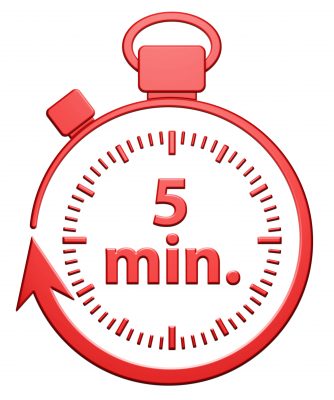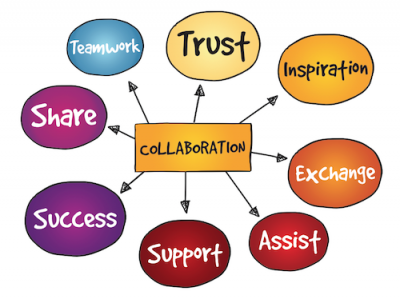 As my mother’s Parkinson’s Disease progressed, it was very apparent that food and the mealtime experience became more important to her. So much so, that I remember saying “Mom’s still finds joy in yummy food”. That said, her “yummy” was not always the healthiest, but we wanted her to be happy. We knew that healthy foods were important, but probably not as important as the joy of witnessing her with excitement dig in to a chocolate fudge sundae with extra whipped cream. Now THAT was a quality dining experience!
As my mother’s Parkinson’s Disease progressed, it was very apparent that food and the mealtime experience became more important to her. So much so, that I remember saying “Mom’s still finds joy in yummy food”. That said, her “yummy” was not always the healthiest, but we wanted her to be happy. We knew that healthy foods were important, but probably not as important as the joy of witnessing her with excitement dig in to a chocolate fudge sundae with extra whipped cream. Now THAT was a quality dining experience!
At some point, certain foods either don’t appeal to older adults due to medications, loss of taste sensation or because it becomes too hard to chew and swallow. Finding the balance between “healthy” and “joy” hits home as we see our loved ones world get smaller and they have less to look forward to on a daily basis. The dining experience to us was wherever it happened to take place. That might be at the dining table, sitting up in bed, or relaxing on the patio. As a family we expected that experience to include:
- Food that was visually appealing – a colorful mix and variety on the plate. Too much food turned her off, and she would simply push it away. So less was always better. If she wanted more she would ask for it
- A relaxing environment with minimal chatter and over-stimulating noises, especially TV
- One or two people to engage with while eating. Much more than that and it became to distracting and we noticed she would eat less
- Foods that were easy to pick up with fork and spoon, easy to chew and swallow. That meant small pieces, fish instead of meat, pasta that could be picked up easily with a fork (spaghetti noodles were a disaster!), and food within easy reach
- Condiments and spices nearby that she could ask for you embellish her food and someone to help her with this
- Never EVER forget the dessert
Whether your loved one is living at home or in a community based setting, the environment in which they are eating , the details of how the food is presented and ease of eating as independently as possible is very important. It can be one of their few joys in life, so pay attention to the the little things, because they often so important. Instead of looking at it as a chore, what a difference it would make if it were viewed as an experience.
And please don’t forget the hot fudge sundae…
Pam Brandon is President/Founder of AGE-u-cate® Training Institute and a passionate advocate for older adults and their caregivers.
 Time is precious. Staff is in short supply. Family caregivers are stretched to the limit. Just taking care of the basic needs is hard enough, so five minutes a day seems – IMPOSSIBLE!
Time is precious. Staff is in short supply. Family caregivers are stretched to the limit. Just taking care of the basic needs is hard enough, so five minutes a day seems – IMPOSSIBLE! Losing sleep, poor eating habits, irritability or short tempered – these symptoms may start small and snowball quickly into what is referred to as caregiver burnout. Professionals and families need to know what to look for and how to help caregivers. It’s a serious matter and growing, as more families are caring for their loved ones at home with little or no help.
Losing sleep, poor eating habits, irritability or short tempered – these symptoms may start small and snowball quickly into what is referred to as caregiver burnout. Professionals and families need to know what to look for and how to help caregivers. It’s a serious matter and growing, as more families are caring for their loved ones at home with little or no help. Our hyper competitive, profit driven business world often scoffs at the idea of collaboration. I supposed I’m naive, but I want to think that those in senior care are more passionate and compassionate about working with others for the greater good. I still believe this is true for most of us. Working well with others almost always comes back to us ten fold. This is true in life and business.
Our hyper competitive, profit driven business world often scoffs at the idea of collaboration. I supposed I’m naive, but I want to think that those in senior care are more passionate and compassionate about working with others for the greater good. I still believe this is true for most of us. Working well with others almost always comes back to us ten fold. This is true in life and business.